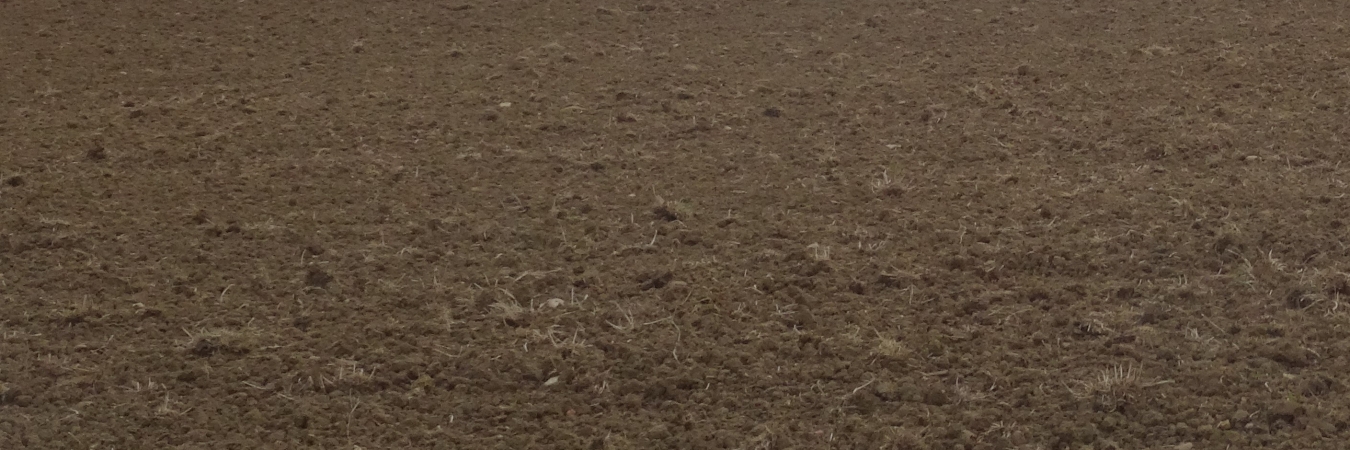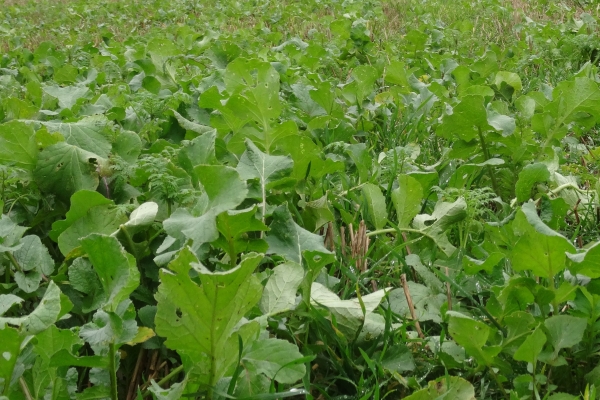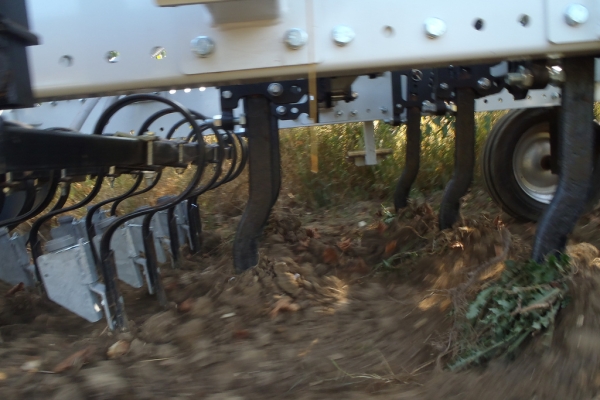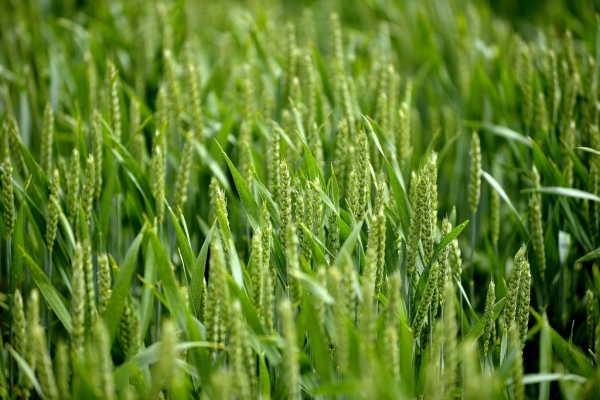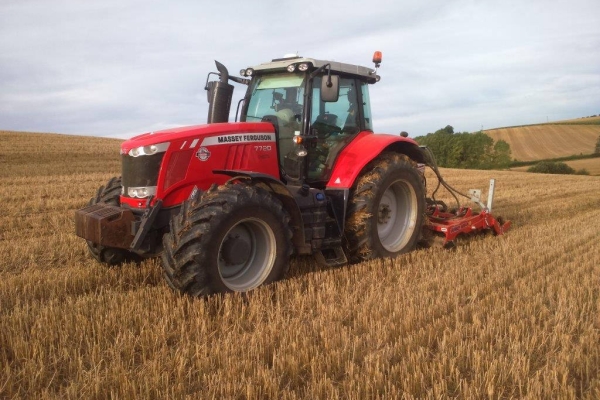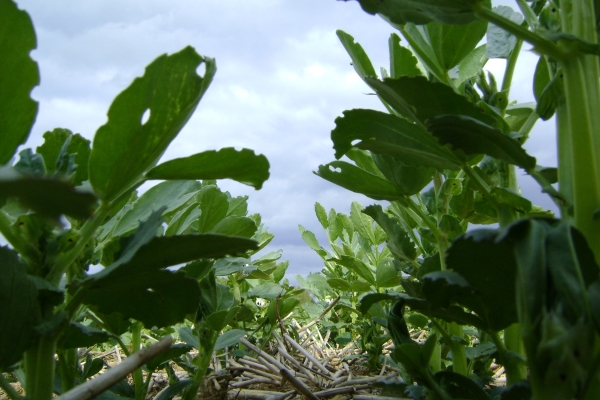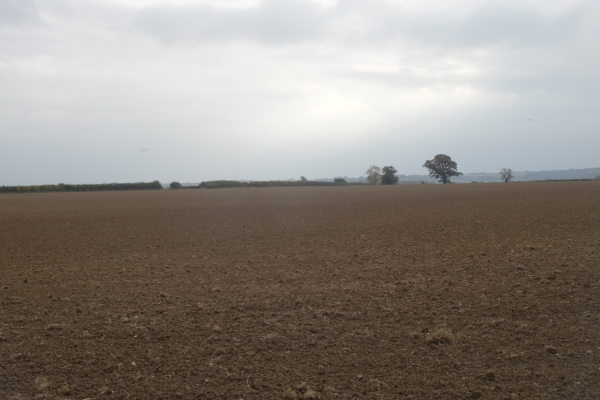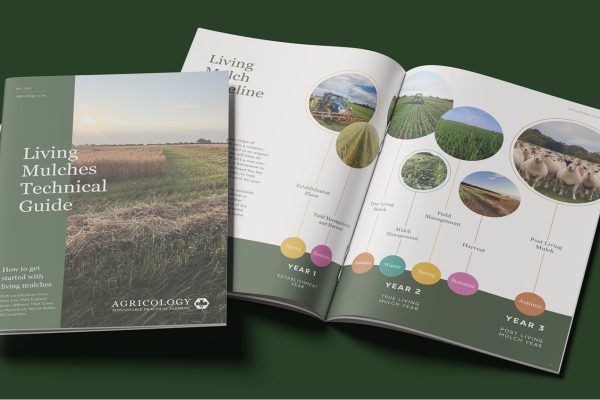Reduced tillage trials aim to improve soil sustainability
River Wensum DTC Research Update 2
Resource explained
An update from research undertaken as part of the Demonstration Test Catchments (DTCs) research platform established by Defra to investigate the extent by which on-farm mitigation measures can cost-effectively reduce the impact of diffuse water pollution on river ecology whilst maintaining food production capacity. One of the DTCs was the River Wensum in Norfolk. This update describes a 5-year reduced cultivation trial that took place at the Salle Park Estate, Norfolk, to assess the impact of contrasting tillage regimes on the biological, chemical and physical condition of soils. Non-inversion tillage methods can reduce soil erosion, increase organic matter content, improve drainage and water holding capacity and increase microbial and earthworm activity. However, the lack of inversion can also increase pest populations and lead to an accumulation of nutrients near the soil surface which can pose a risk to freshwater environments. This update describes the trials and outlines observations and results in relation to bulk density, organic carbon, nutrients, leaching losses, soil biology and economics.
Findings & recommendations
- In 9 fields covering 143 hectares of arable land, 3 contrasting tillage regimes were established; conventional mouldboard ploughing to 25cm depth, shallow non-inversion to 10cm depth using the disks and tines of a Väderstad Topdown and Carrier; and direct drilling with zero inversion using a Väderstad Seed Hawkdirect drill. All were in a rotation of spring bean, winter wheat, winter barley, oilseed rape and winter wheat.
- Reduced tillage did not significantly impact the soil bulk density (an indicator of soil compaction).
- Whilst soil organic carbon did increase under direct drill, the fact it also increased under plough suggests this was not related to the tillage method and it was concluded that overall, reduced tillage did not significantly improve soil organic carbon content.
- Reduced cultivation did not significantly alter soil nutrient status when compared to conventional ploughing or have significant impact on nutrient leaching losses.
- Against expectations, average earthworm populations were larger under the plough-based system in clay loam, sandy loam and sandy silt loam soils than either of the reduced tillage blocks. Only in sandy clay loam soils were earthworm numbers marginally higher under direct drill.
- There was an 8% increase in profit margin under shallow non inversion tillage compared to direct drilling.
Find out more about the Wensum Alliance and project outputs here.
